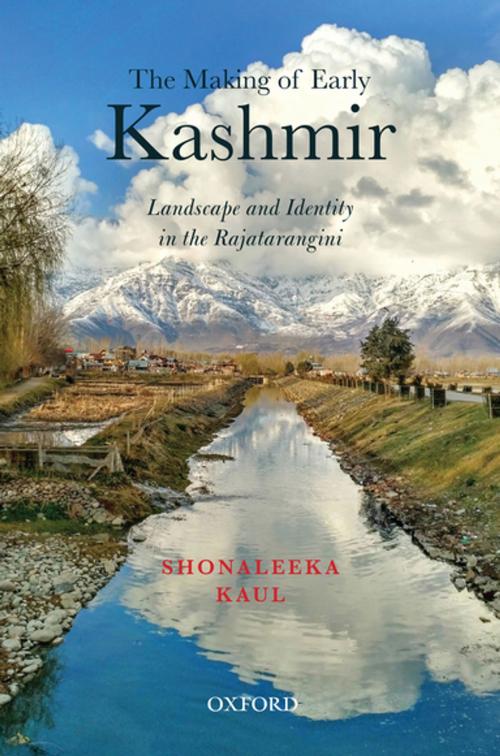The Making of Early Kashmir
Landscape and Identity in the Rajatarangini
Nonfiction, Religion & Spirituality, Eastern Religions, General Eastern Religions, History, Asian, Asia| Author: | Shonaleeka Kaul | ISBN: | 9780199093304 |
| Publisher: | OUP India | Publication: | January 8, 2018 |
| Imprint: | OUP India | Language: | English |
| Author: | Shonaleeka Kaul |
| ISBN: | 9780199093304 |
| Publisher: | OUP India |
| Publication: | January 8, 2018 |
| Imprint: | OUP India |
| Language: | English |
What is history? How does a land become a homeland? How are cultural identities formed? The Making of Early Kashmir explores these questions in relation to the birth of Kashmir and the discursive and material practices that shaped it up to the 12th century CE. Reinterpreting the first work of Kashmiri history, Kalhana’s Rajatarangini, this book argues that the text was history not despite being traditional Sanskrit poetry but because of it. It elaborated a poetics of place, implicating Kashmir’s sacred geography, a stringent critique of local politics, and a regional selfhood that transcended the limits of vernacularism.Combined with longue durée testimonies from art, material culture, script, and linguistics, this book jettisons the image of an isolated and insular Kashmir. It proposes a cultural formation that straddled the Western Himalayas and the Indic plains with Kashmir as the pivot. This is the story of the connected histories of the region and the rest of India.
What is history? How does a land become a homeland? How are cultural identities formed? The Making of Early Kashmir explores these questions in relation to the birth of Kashmir and the discursive and material practices that shaped it up to the 12th century CE. Reinterpreting the first work of Kashmiri history, Kalhana’s Rajatarangini, this book argues that the text was history not despite being traditional Sanskrit poetry but because of it. It elaborated a poetics of place, implicating Kashmir’s sacred geography, a stringent critique of local politics, and a regional selfhood that transcended the limits of vernacularism.Combined with longue durée testimonies from art, material culture, script, and linguistics, this book jettisons the image of an isolated and insular Kashmir. It proposes a cultural formation that straddled the Western Himalayas and the Indic plains with Kashmir as the pivot. This is the story of the connected histories of the region and the rest of India.















